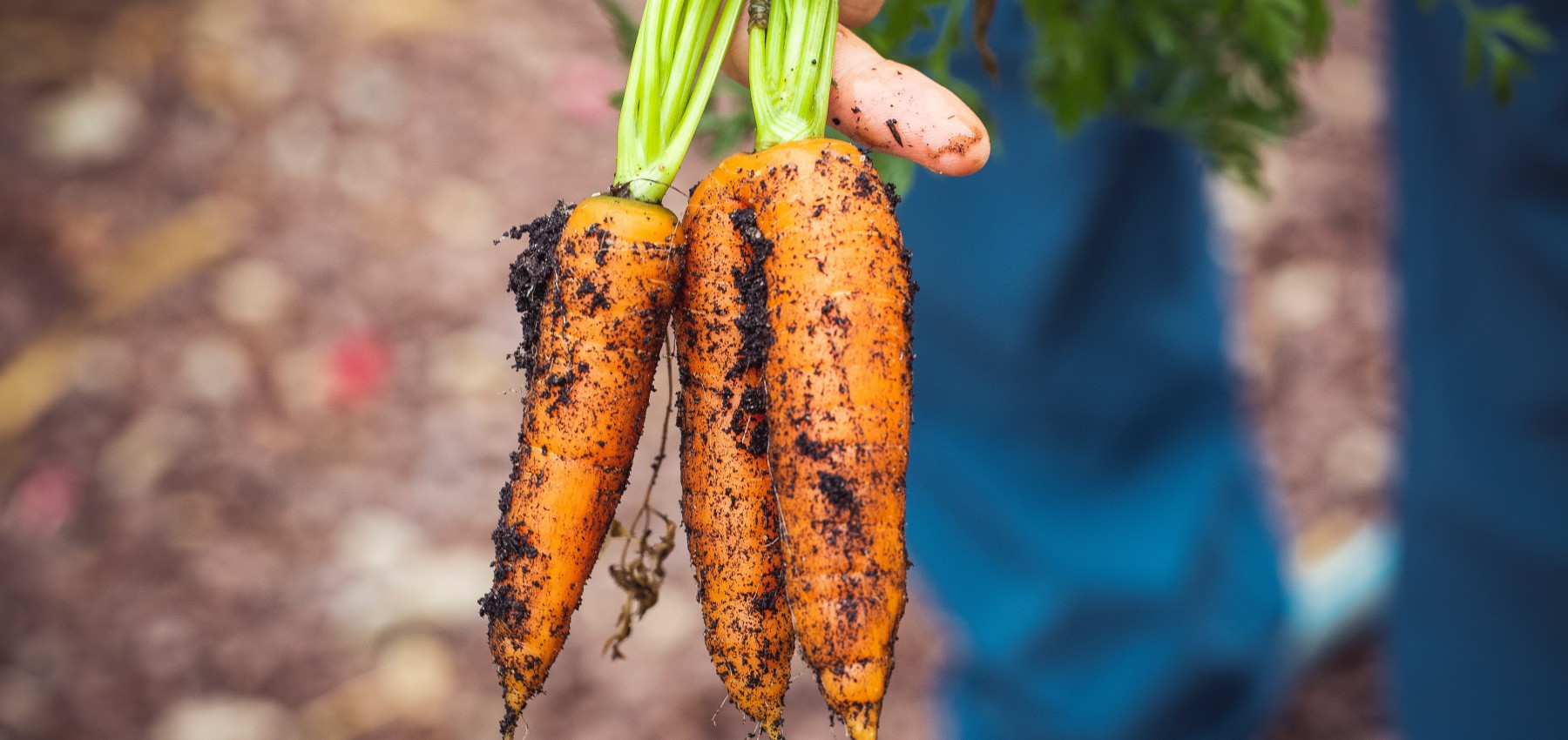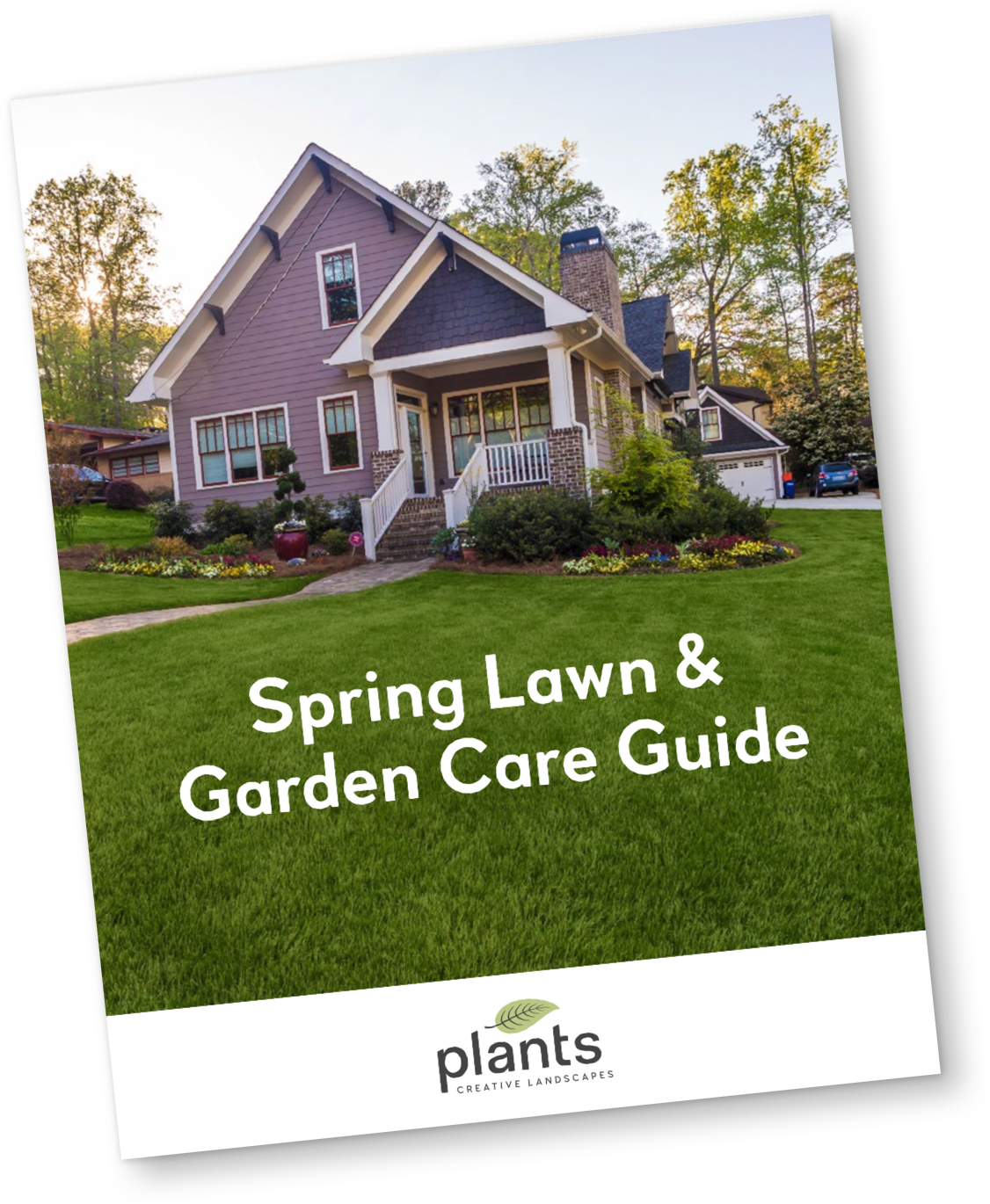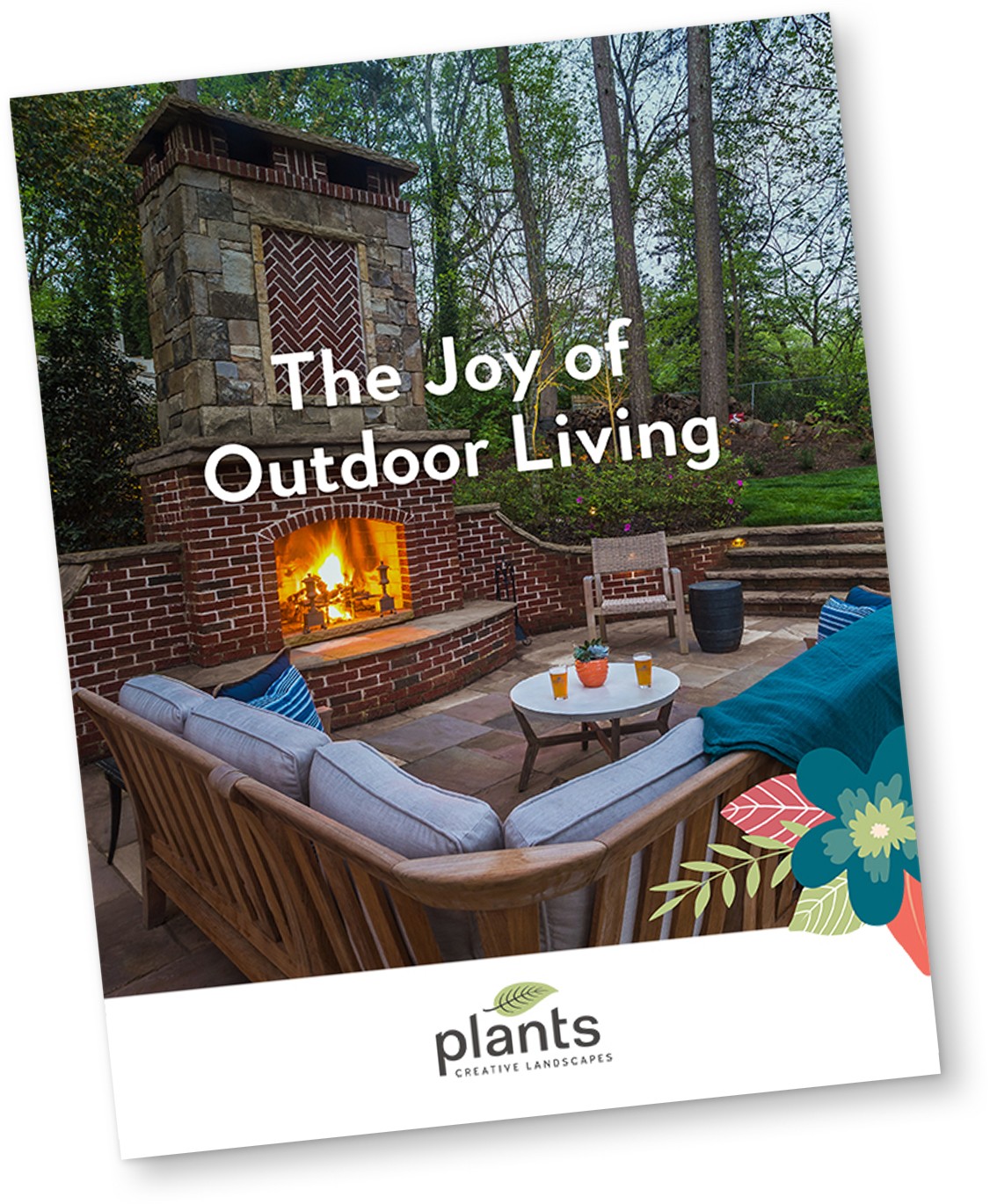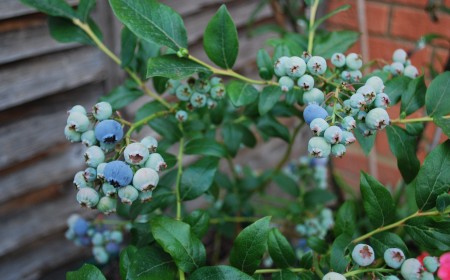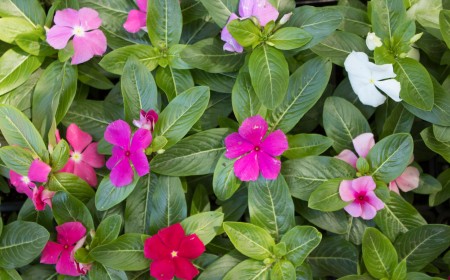You’ve planned your garden, raised your little seedlings indoors, and chosen a spot in your yard to grow your veggies. It’s time to start planting!
Planting might seem a bit tricky if you’ve never done it before — that’s okay. There are some simple steps you can follow to make sure your garden thrives.
Our answers to frequently asked questions about planting vegetable plants are below.
Where should I put each type of plant in the garden?
Certain veggies prefer certain spots in a garden. If it’s your first time growing, keep these tips in mind:
- Tender plants, like tomatoes and peppers, should be in the warmest and sunniest part of your garden.
- Sprawling plants, like squash and cucumber, need a lot of space to grow, so they should be on the edges.
- Climbing plants, like peas and beans, should be in a spot where they won’t shade the veggies growing closer to the ground. Keep in mind that these can offer shade to plants that prefer it, like spinach and lettuce.
- Thirsty plants, like greens and lettuce, will need regular watering. Cluster these plants together in a part of the garden that might be a bit damper or that’s easily watered.
Some plants require pollination, so adding pollinator plants and flowers to attract insects (the good kind!) to your garden is never a bad idea!
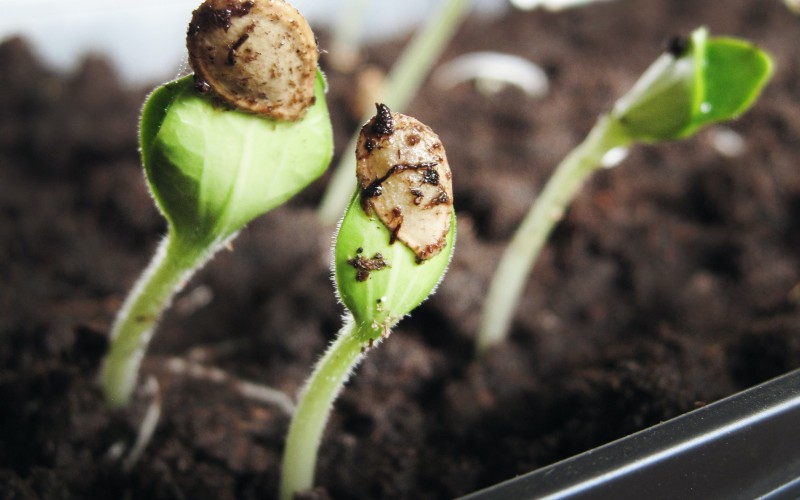
What are the steps for proper planting?
Now comes the fun part — getting those hands a little dirty as you plant your garden.
- Read all seed packages and plant tabs. — All plants have specific instructions for placement, soil conditions, and depth. If possible, plant on a cool, overcast day to reduce stress on the plants.
- Lay out your plants before planting. — Put everything out in your garden plot before you dig any holes, just so you have an idea of what’s going where, and if you have enough space.
- Dig, tamp, and water! — Once the holes are dug and the plants are placed in them, gently tamp down the soil around them. Be sure to water the plants and keep the soil moist until the plants are established.
- Leave space for new plants you might add later. — Some vegetables, like lettuce, are harvested frequently and will need to be planted again throughout the year.
- Stake your climbing plants. — Peas, beans, and tomatoes will need some support as they grow. Almost anything can work, from branches to fences, tomato cages, and even old hiking poles.
- Keep a record of your garden! — It’s good to rotate crops each year so that different plants are growing in different spots. This improves soil health in the long term. Try to keep a record of everything you’ve planted that you can reference next growing season.
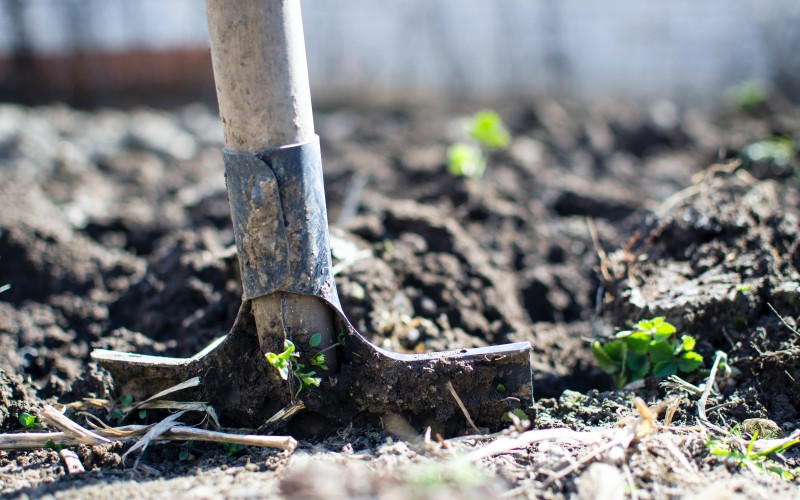
What gardening tools should I use?
Most basic gardening tools haven't changed for centuries. Try to invest in tools that don’t weigh too much, feel comfortable when you grip them and feel balanced when you pick them up.
Some of the essential tools you should have on hand for planting and plant care:
- A square-ended spade and a round-ended shovel for digging.
- A garden fork for light digging and harvesting.
- A steel rake for breaking up soil.
- A hoe for weeding and cultivating.
- A trowel for planting and transplanting.
- A garden hose and a watering can for… you guessed it, watering.
How should I care for my garden as it grows?
After planting, your garden will need some regular care to really flourish. Our next post gets into some of the more maintenance-related questions you might have…
- Is my soil good enough to grow in?
- Should I fertilize or compost my garden?
- How can I keep bugs and pests away?
- What are some unique and overlooked edible plants?
Planting an edible garden lets you reap a harvest just outside your home — without feeling like you’re running a farm. If you’d like some help getting started, reach out!
